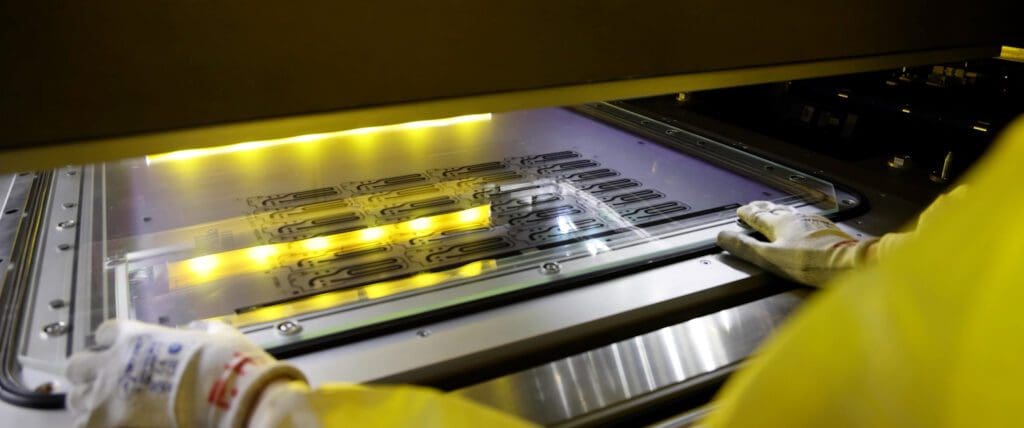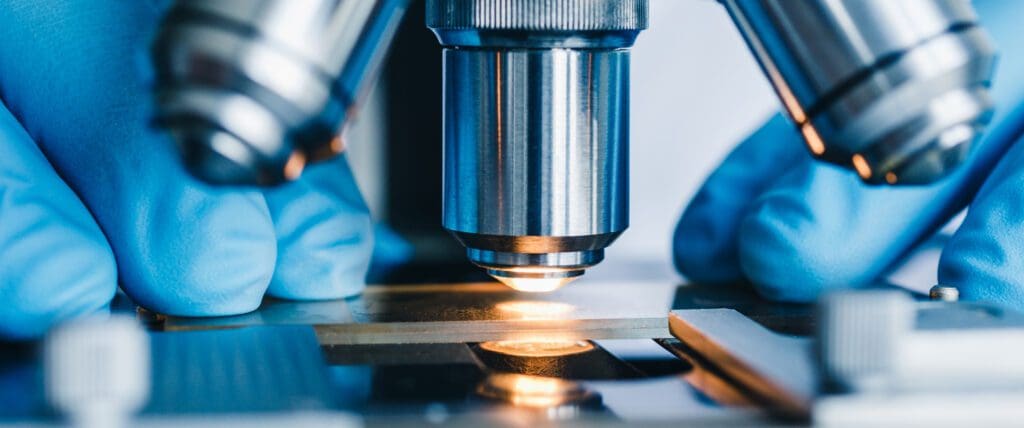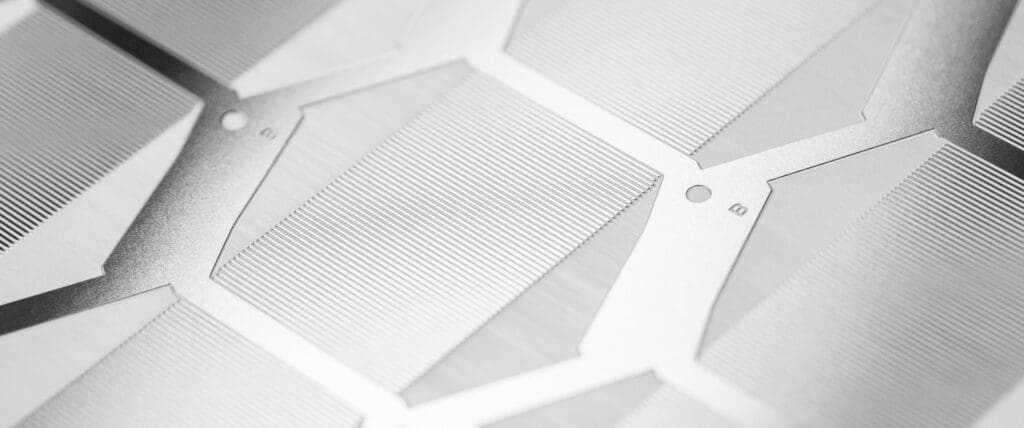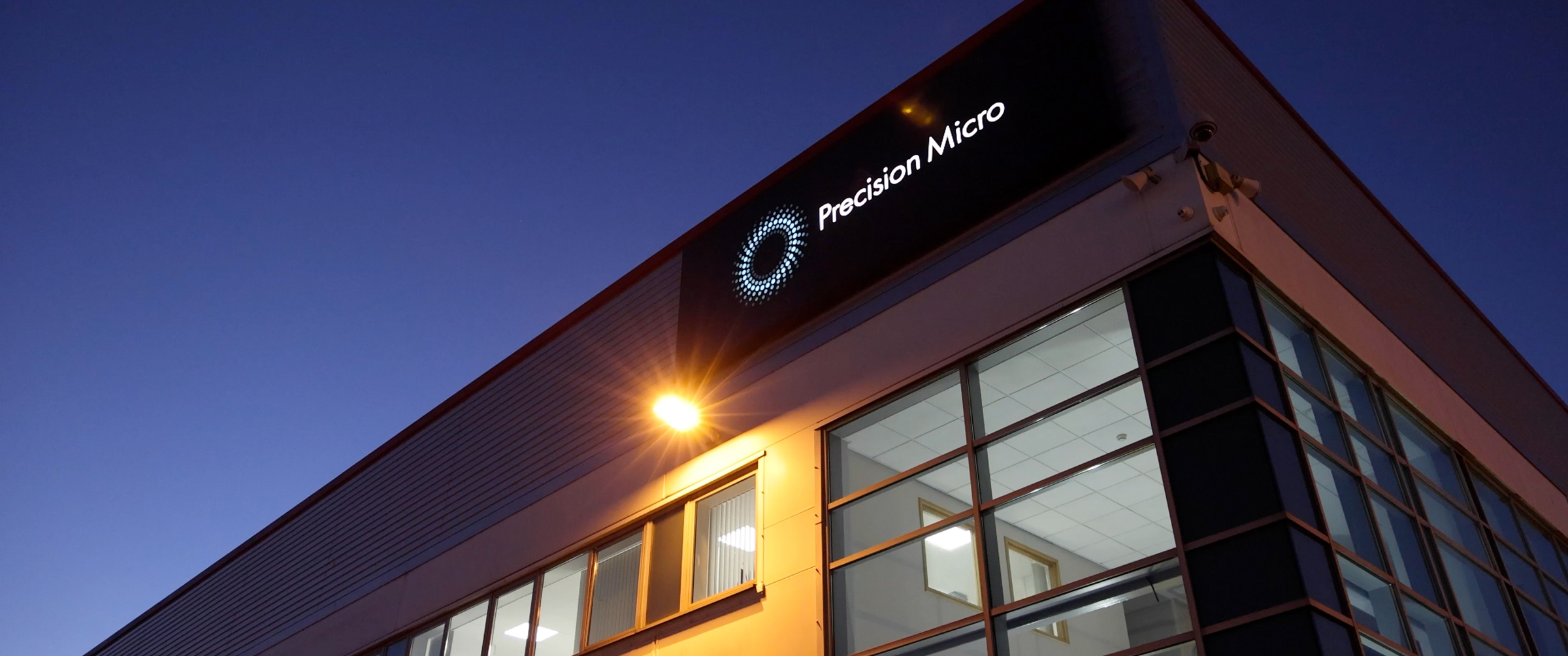Laser cutting thin metals: Why chemical etching could offer the ideal alternative
Laser cutting thin metals is a precise and efficient process used to cut intricate designs and components from sheet metals across various industries. Despite its widespread use, laser cutting does have limitations, especially when machining thin metal components with critical or complex features.
In this article, we delve into the current processes for laser cutting thin metal sheets and explore the role of chemical etching, a lesser-known alternative for machining precision components that can overcome many common limitations associated with laser cutting.
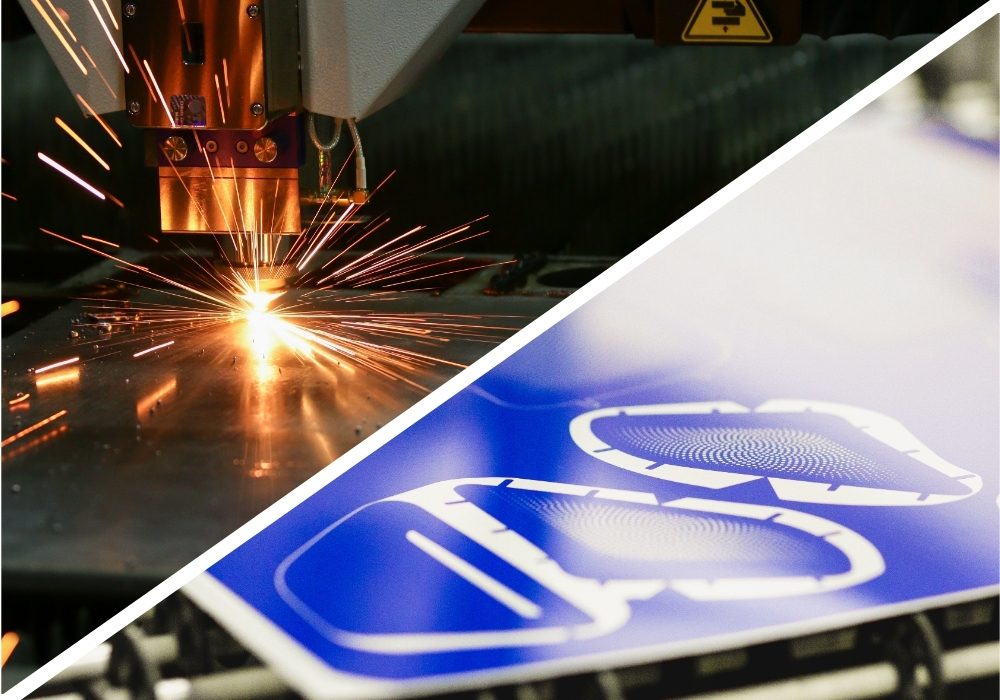
What is laser cutting?
Laser cutting is a precise manufacturing method that utilises high-powered lasers to cut components from various materials such as metal, plastic or wood. It involves creating a detailed Computer-Aided Design (CAD) file specifying the desired part dimensions and features. Once finalised, the CAD file is transmitted to the laser cutting machine’s control system, which guides the laser beam to precisely cut the material according to the design.
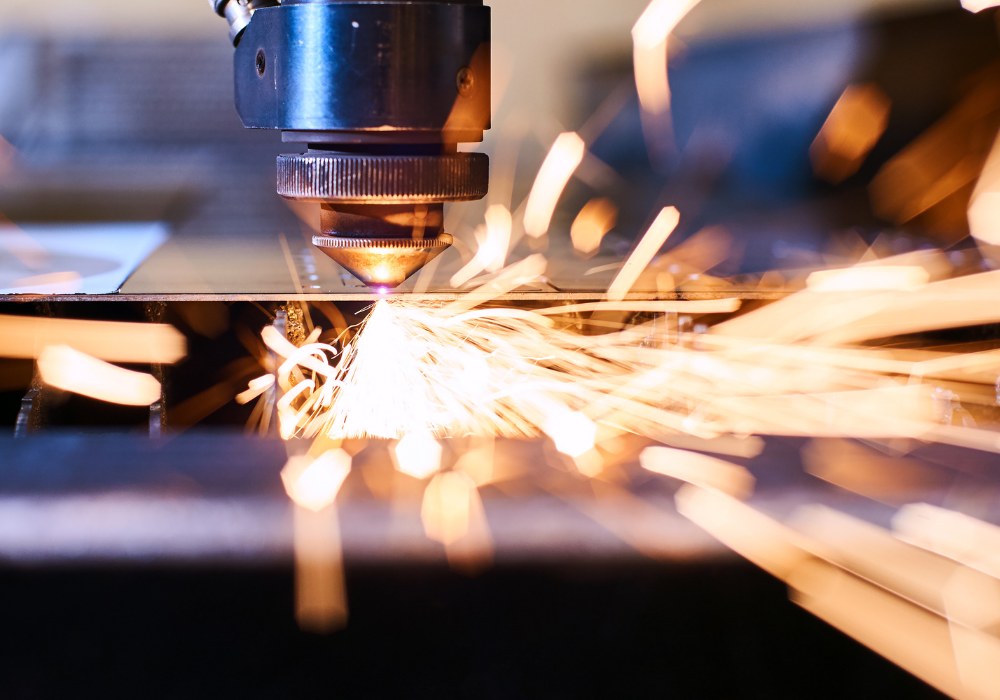
Types of laser cutting
The two types of lasers commonly used for metal cutting are CO2 and fiber lasers.
CO2 laser cutting
The CO2 laser process passes an electrical current through a CO2 gas chamber, exciting particles to produce an intense beam when focused with mirrors and lenses. These lasers can range in power from hundreds of watts for cutting paper and card to thousands for processing thick metals.
Fiber laser cutting
Fiber lasers utilise solid-state laser power, offering improved material processing capabilities compared to CO2 lasers. Notably, they can machine a variety of materials and offer increased efficiency and cost-effectiveness by converting almost 80% of their input energy into cutting power.
What is the best laser for cutting thin metals?
In general terms, fiber lasers provide a tighter focus, offering higher precision, especially for cutting thin materials, albeit at a higher cost. On the other hand, CO2 lasers are less efficient, lack the precision of fiber lasers and can incur higher development costs, but are often better suited for cutting thicker metals.
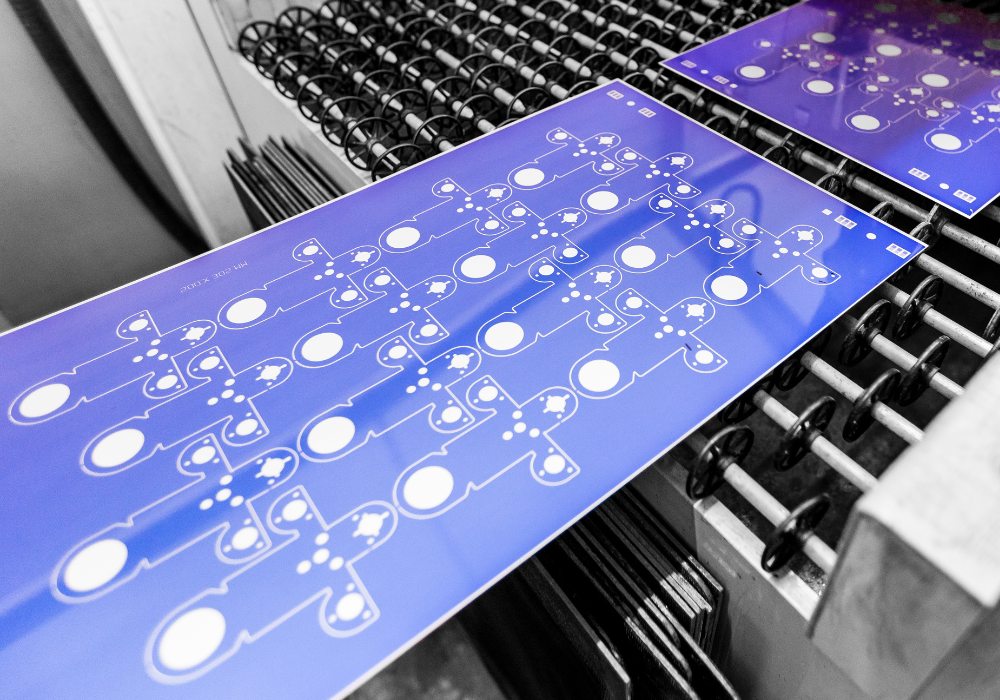
What is chemical etching and how does it compare to laser cutting?
While laser cutting remains a popular manufacturing method among engineers for machining thin metals, the lesser-known chemical etching process stands as an ideal alternative, providing engineers with numerous production benefits.
The chemical etching process involves coating a metal sheet with ultraviolet-sensitive photoresist, exposing it to a pattern of light through a photo tool stencil featuring a negative image of the CAD-produced component design. The metal is then selectively machined using an etchant chemistry, resulting in the desired component profile.
Material versatility
Chemical etching is compatible with almost all types of metals and excels at machining thin metal sheets ranging from 0.01mm to 2.5mm in thickness. Although laser cutting is equally adaptable, its efficiency may diminish when handling thin reflective materials, thereby limiting material choices for engineers.
Component complexity
Both chemical etching and laser cutting make use of digital tooling, offering engineers extensive design flexibility and enabling necessary tooling adjustments. However, photo etching stands out in creating intricate and highly detailed designs, achieving features as small as 0.1mm to ±0.020mm in accuracy, making it the preferred option for thin metal components that demand fine detail, intricate features, and tight tolerances. Due to laser cutting being a single-point machining process, it is often costlier to cut complex profiles or achieve the engraved features possible with etching.
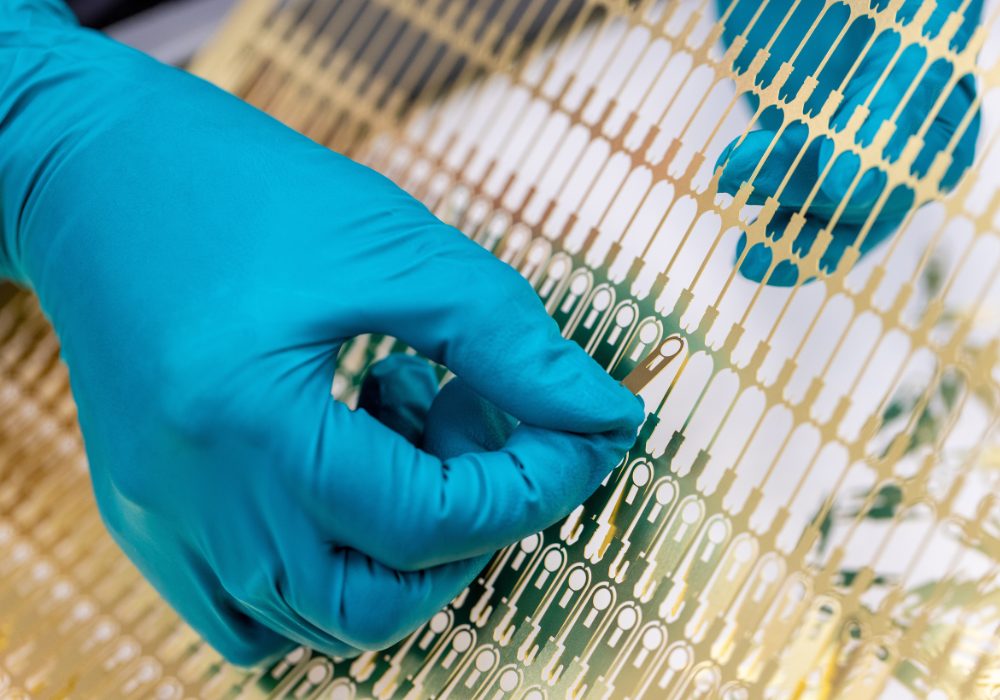
Quality of cut
Photochemical etching employs chemical etchants to dissolve metal, ensuring the manufacture of high-quality metal components, free from burrs and stresses. In contrast, laser cutting thin metals can result in thermal stress and heat-affected zones due to the temperatures produced by the laser, potentially negatively impacting the part’s overall performance.
Speed of supply
The lead time for both chemical etching and laser cutting can vary depending on factors such as the complexity of the design, material type, and the volume of components needed. Generally, chemical etching tends to have a faster lead time for complex and intricate designs as it simultaneously machines all component features.
Cost-effectiveness
During large volume production runs, chemical etching tends to be more cost-effective due to its ability to batch process multiple parts. However, for smaller production runs or simpler designs, laser cutting may offer cost advantages.
Conclusion
Photochemical etching offers an excellent alternative to laser cutting thin metals, offering engineers distinct benefits in thin metal component production. With its ability to create intricate designs and provide engineers with diverse material options, this cost-effective and time-efficient process facilitates the production of thin metal components which are often unattainable or costly through laser cutting.
Chemical Etching Whitepaper
Learn how chemical etching can overcome the limitations of traditional sheet metal machining technologies.
Download